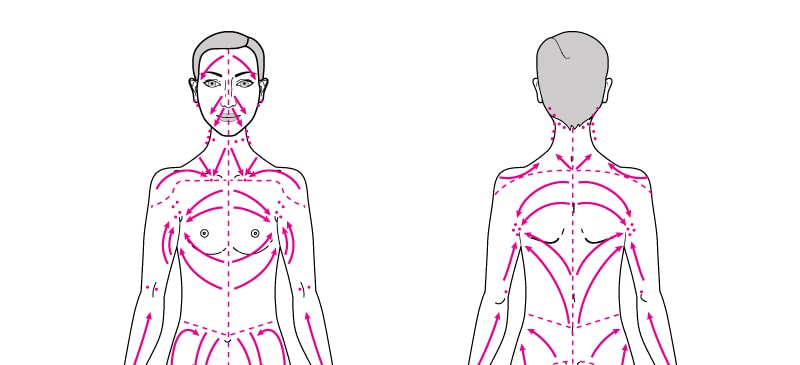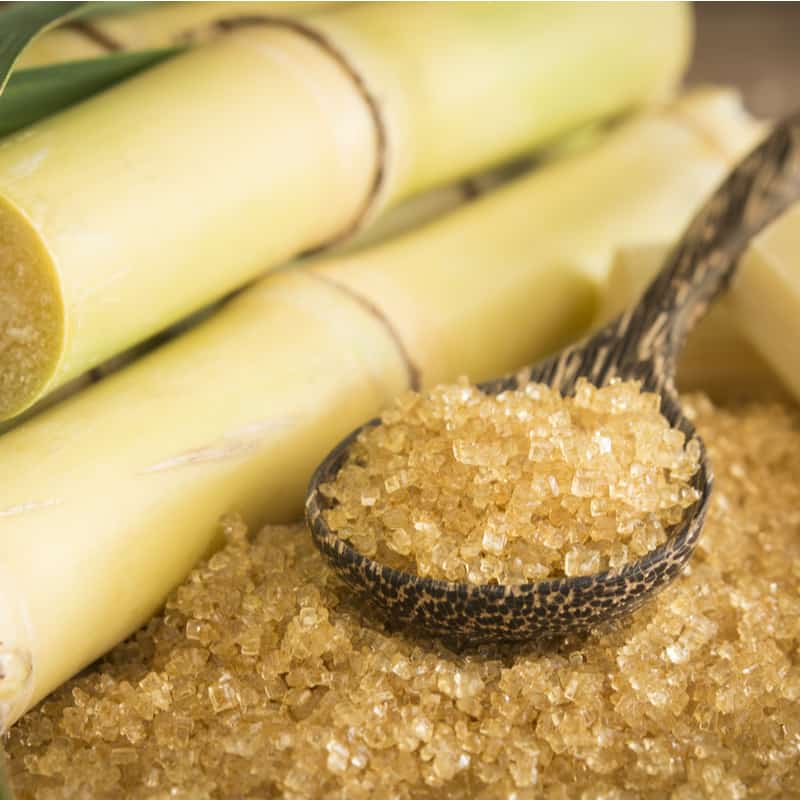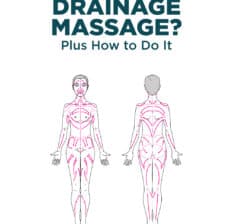This Dr. Axe content is medically reviewed or fact checked to ensure factually accurate information.
With strict editorial sourcing guidelines, we only link to academic research institutions, reputable media sites and, when research is available, medically peer-reviewed studies. Note that the numbers in parentheses (1, 2, etc.) are clickable links to these studies.
The information in our articles is NOT intended to replace a one-on-one relationship with a qualified health care professional and is not intended as medical advice.
This article is based on scientific evidence, written by experts and fact checked by our trained editorial staff. Note that the numbers in parentheses (1, 2, etc.) are clickable links to medically peer-reviewed studies.
Our team includes licensed nutritionists and dietitians, certified health education specialists, as well as certified strength and conditioning specialists, personal trainers and corrective exercise specialists. Our team aims to be not only thorough with its research, but also objective and unbiased.
The information in our articles is NOT intended to replace a one-on-one relationship with a qualified health care professional and is not intended as medical advice.
Lymphatic Drainage Massage Benefits + How to Do It
February 5, 2022

The lymphatic system is sometimes described as the the body’s inner “drainage system.” It’s made up of a network of blood vessels and lymph nodes that carry clear fluid, called lymph, from tissues around the body into the blood and vice versa — and lymphatic drainage massage can help facilitate this process.
Certain health issues can cause lymph to get “stuck” in parts of the lymphatic system, leading to problems like swelling and pain.
One method that can help keep your lymphatic system working properly is manual touch, including in the form of gentle massage.
What does a lymphatic drainage massage do? It’s intended to help move fluids out of your lymph nodes, thereby reducing discomfort and facilitating the body’s natural healing and detoxification processes.
What Is Lymphatic Drainage Massage?
A lymphatic drainage massage is a type of gentle massage that helps lymphatic fluid (lymph) move away from swollen lymph nodes to areas with working lymph vessels. In other words, it increases lymphatic drainage.
It’s also called “manual lymphatic drainage,” and compared to other forms of massages it’s typically much more gentle. While it involves light touch, it’s still very specific and needs to be done in a certain way to be effective and helpful.
This type of massage works by applying light strokes to the skin in slow motions, targeting lymph nodes that are located just below the skin. Areas of the body where lymph nodes are found include in the neck, groin, chest, armpits and belly.
Lymph is a type of clear, watery fluid that carries protein molecules, salts, glucose and other substances, along with bacteria. The ability of lymph to trap potentially harmful substances so they can be removed from the body helps prevent us from becoming or staying sick.
However, sometimes lymph can get trapped inside lymph nodes, which look like small, bean-shaped structures. Massaging the lymph nodes can therefore help move bacteria, white blood cells and others substances to where they need to go so our immune systems can continue to defend and protect us.
Benefits
Lymphatic drainage massage benefits can include:
- Increased lymphatic drainage
- Help boosting blood flow
- Reduction in swelling (buildup of interstitial fluid)
- Decreased pain
- Softening of fibrosis (formation of fibrous tissues that can become painful)
- Improvement in mobility, range of motion and comfort
A healthy lymphatic system nourishes muscle, joint and other tissue because lymph vessels have tiny openings that let gases, water and nutrients pass through to surrounding cells (called interstitial fluid). The fluid then drains back into the lymph vessels, goes to the lymph glands to be filtered and finally to a larger lymphatic vessel located at the base of the neck called the thoracic duct.
Tissues located around the body can become inflamed and painful when circulation slows, lymph accumulates and inflammation builds.
Massage is known to help decrease lymph congestion and increase circulation and drainage, which decreases swelling, inflammation and pain. This type of manual massage seems to be especially helpful for people with lymph buildup, such as those who have lymphedema or lymphadenitis, which occurs when one or more of your lymph nodes is enlarged, usually due to an infection.
In many cases, manual lymphatic drainage massage is combined with other types of therapies/treatments that are known to help with decongestion. Massage is often used in conjunction with compression therapy (to stop swelling), lymph-reducing exercises (to boost circulation) and skin care (to ensure the skin remains healthy and free of infection).
One 2015 review that focused on adults recovering from breast cancer who had lymphedema found that a combination of lymphatic drainage massage plus use of compression bandages was more effective at reducing swelling and symptoms like pain compared to the use of compression alone.
Another review found that lymphatic massage may help people suffering from fibromyalgia symptoms, which can include pain and stiffness, more than other types of massage therapies, such as connective tissue massage or Swedish massage. Similarly, this type of massage has been found to benefit adults with arthritis who are suffering from inflammation, including after surgery.
Who Should Do It?
Adults who have experienced damage to their lymph nodes and lymphatic system are most likely to benefit from lymphatic drainage massage. These include people with lymphedema, which is characterized by swelling due to lymph fluid accumulating where it shouldn’t it be, and lymphadenitis.
If you’ve developed any of the following symptoms, you might be a good candidate for lymphatic drainage massage:
- Discomfort due to swelling
- Heaviness or tightness in the limbs
- Tissues that feel firmer than normal
- Pain when moving and stiffness
Lymph nodes can become damaged due to health conditions, such as some types of cancer, or due to surgery. Most often the swelling develops in the arms, legs or where the cancer occurred, or where surgery was performed, such as the breasts in the case of breast cancer.
Lymphedema symptoms can develop due to illnesses and conditions such as:
- Breast cancer
- Breast cancer surgery (surgical removal of lymphatic structures, such as nodes and vessels, which impairs lymph carrying capacity)
- Surgical scarring, which diminishes lymph transport
- Surgical removal or damage of muscle tissue that diminishes the muscle’s compressive force on the lymph vessels
- Radiation therapy, which can cause node damage, and/or scarring and fibrosis
While most studies focused on the benefits of lymphatic drainage massage have included people with lymphedema, some research also suggests that this type of massage may help those with:
- Arthritis pain
- Fibromyalgia symptoms
- Constipation
- Headaches and migraines
- Edema and lipedema
- Chronic venous insufficiency
- High amounts of stress, which can add to anxiety to depression
How to Do It
Can you perform lymphatic drainage massage on yourself? Yes, but it’s highly recommended that you learn how to do this property from a trained professional first.
If you’re interested in receiving a lymphatic massage, first seek out a trained physical therapist or massage therapist who specializes in this approach. Ideally, work with a physical therapist who is a certified lymphedema therapist (CLT).
A professional can teach you to perform a gentle massage on yourself to help improve blood flow and drainage. You’ll need to understand the anatomy of the lymphatic system to do this, which is why instruction is important.
Most types of lymphatic drainage massage involve clearing (using gentle pressure to release trapped lymph) and then reabsorption (sweeping motions to move lymph toward nodes).
Once you learn how to do these steps, you can perform self-massage up to two times per day for about 20 minutes per session.
Here are general instructions for performing manual drainage massage on yourself (remember to get your health care provider’s advice first before beginning):
- Lie down or get in a comfortable position in which you can relax your muscles.
- Using slow and gentle motions (imagine you were petting yourself), take the flat part of your hand or fingers (not fingertips), and run your hands/fingers over your skin to help it stretch a bit. Then move it back to its normal position.
- Slowly massage toward areas that are not swollen to give excess fluid a place to flow to.
- Now focus on parts of the body where lymph nodes are found, including the neck, groin and underarms.
- Repeat the following massage strokes about 10 to 15 times on both sides of the body: a “J” stroke above your collarbone, the sides of the neck just below your ear, the back of your neck just below hairline on the sides on your spine, under your arms along the sides of your armpits, behind the knees, and on the inside of the legs moving up the shins and thighs. Repeat 15 times, and then move up to the next section above your knees.
Other tips for supporting your lymphatic system:
For even greater results, combine lymphatic massage with exercise, which naturally helps improve lymphatic drainage, and compression (wearing clothes or bandages on certain parts of the body to reduce swelling). Also be sure to eat an anti-inflammatory diet and drink plenty of water, which supports circulation and detoxification.
Any type of regular exercise and movement (such as simply walking more) is good for keeping lymph fluid flowing, but some exercise seems to be particularly beneficial, including yoga-for-lymph (which twists the body and helps fluid drain), more intense interval training if you can tolerate it (also called HIIT workouts, which is great for improving circulation) and “rebounding” ( jumping on a small trampoline that you can keep inside your house).
Risks and Side Effects
How painful is lymphatic massage? Because it’s so gentle and only uses very light touch and soft movements, this type of massage should not cause pain.
If it’s causing worsened pain or swelling, you’re probably using too much pressure. That said, some people have reported mild side effects afterward, such as headaches, nausea and fatigue.
While it’s generally safe for most people, lymphatic drainage massage should not be performed if someone has an active infection. If you’re currently sick or healing from a serious injury, speak with your doctor before massaging painful or swollen areas of your body.
You should also avoid lymphatic drainage unless working with a doctor if you:
- Have recently experienced blood clots
- Have recently had a stroke or have congestive heart failure
- Have cancer in the affected area
- Have liver or kidney disease
While side effects from this treatment are not common, not every study has found that manual drainage massage works well to reduce symptoms, such as lymphedema. One research review found that it did not significantly prevent or reduce lymphedema symptoms in people recovering from breast cancer surgery — therefore speak with your doctor about other approaches that may be more useful or good additions to your recovery.
Conclusion
- Lymphatic drainage massage, also called manual lymphatic drainage, is a gentle technique used to increase lymph flow and drainage.
- It works using light hand movements that help decrease lymph congestion and increase circulation.
- Benefits can include a decrease in pain, swelling, skin tightness, stiffness and immobility. It’s most often used to help people with lymphedema, fibromyalgia, arthritis and other painful symptoms.
- How can you drain your lymphatic system yourself? It’s best to first work with a health care provider, such as a physical therapist. After learning this technique you can perform it on yourself at home using “petting” motions on your skin on areas where lymph nodes are concentrated.









